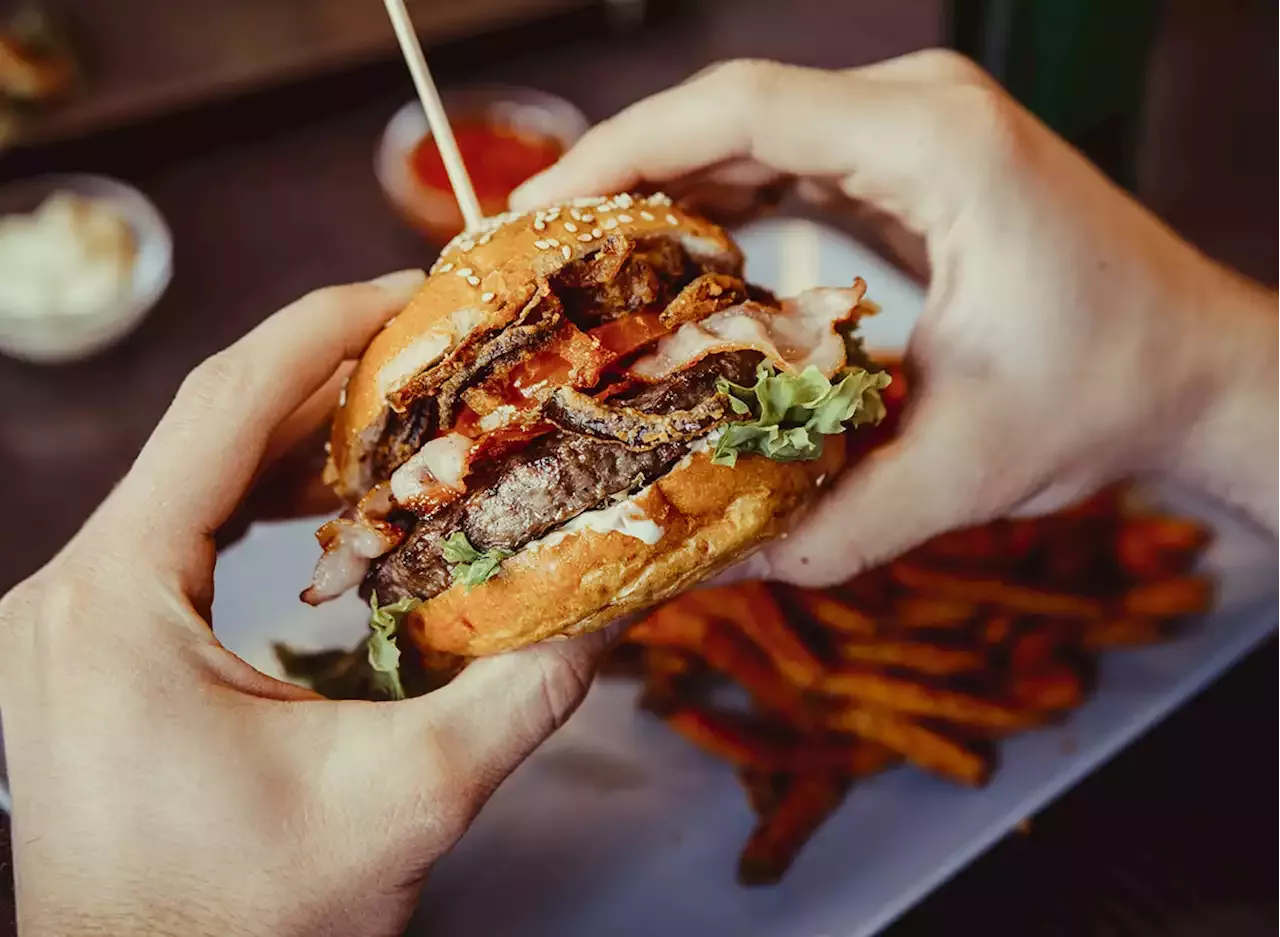Contrary to common claims, meat companies do not dye beef to make it look redder and fresher—not with any regularity or as a general practice., is to replace the gasses inside"air" tight packaging, removing air and replacing it with CO2, nitrogen, or carbon monoxide . This practice is not harmful or dangerous, but it does preserve a red color that makes the meat look fresher than it likely is.Beef production contributes a significant amount to human-induced greenhouse gas emissions.
Specifically, beef and milk production are responsible for the highest percentage of those emissions at. Think of that: even with cars, trucks, planes, boats, factories, power plants, and fires burning around the globe, livestock still accounts for nearly 15% of climate gasses.on your beef may mean next to nothing. Under current U.S. regulatory laws, in many cases, beef from cattle raised overseas but processed here can be labeled as American.
And, in some cases, the beef can even be processed and packed overseas and then re-packaged in America and
